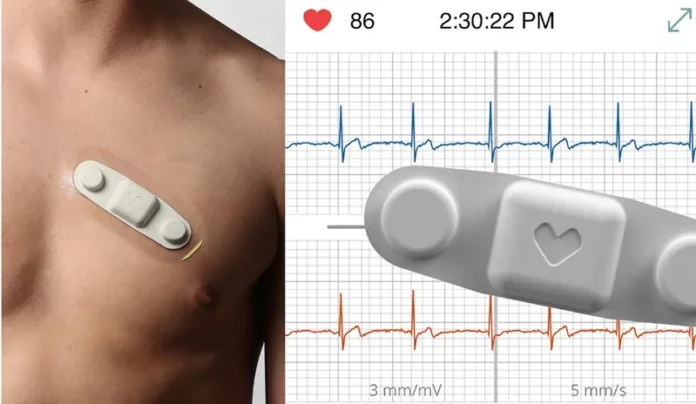There is a new update in Vivalink’s comprehensive patient monitoring platform. They have advanced body temperature and cardiac sensor technology. This has improved the biomedical data storage of the sensors. Moreover, the wireless signal connection addresses common issues in remote patient monitoring. Although the platform already offers high-quality monitoring solutions across various countries, it offers a reliable solution to remote data collection too now.
Vital Signs Monitoring
When the COVID-19 pandemic hit in 2020, the company tailored its platform for covid specific monitoring of vital signs. It helped in reducing patient to patient contact and sped up care for severe cases. Furthermore, it helped in reducing the spread of the virus, improving the outcome in China along with other countries.
Sensor Data Kit
The sensor data kit integrated four individual sensor devices in addition to providing data with a range of other features and insights. The device monitors blood pressure, oxygen levels, the temperature of the body and cardiac ECG. Moreover, both the ECG monitors and temperature adhesive skin patches are reusable and are worn on the chest and below the armpit.
The latest update has more onboard cache that stores more data locally within the ECG monitors and temperature. In addition, the wireless signal is also stronger for both devices. So, if there is ever a network failure, the sensor can store 20 hours of continuous biometric recordings. The device lasted fourteen days after charging before, but now a single charge powers the temperature patch for 21 days.
The ECG monitor has more enhancements, for example, a quadruplet storage capacity that holds 96 hours of cardiac recordings and runs for 120 hours per charge. Furthermore, the wireless charging time of the device is 48 hours. The data transfer of the ECG is also eight times faster than the previous version. All these improvements affect patient monitoring in every area of healthcare.
Conclusion
The use of these special remote monitoring systems can improve and accelerate clinical trials and eliminate the transmission of COVID-19 infection because onsite visits are eliminated. Other than that, it is reliable in transmitting and saving data.




